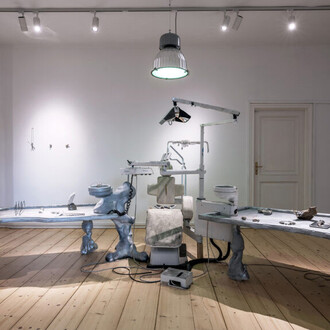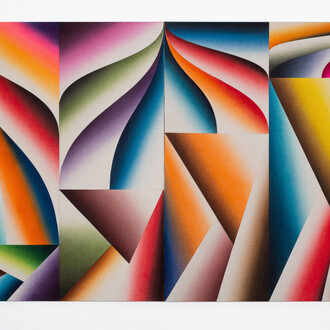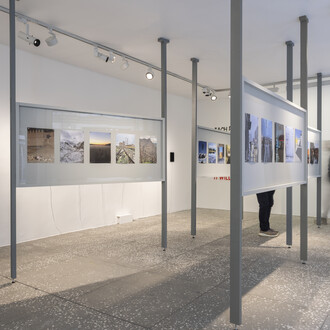Tallinn’s Dance of Death, which dates back to the late 15th century and has been attributed to the Lübeck master Bernt Notke, is the only surviving medieval danse macabre painting in the world painted on canvas.
The new permanent exposition of the Dance of Death is open from August 22, 2018.
The new exposition solution for the rare and impressive work has been created by KOKO Architects. The specially designed exhibition wall is the first time that large-dimension specially ordered museum glass has been used in Estonia. The work is shielded by a piece of protective glass manufactured in Germany that is eight metres long and weighs more than 600 kg; it enables museum visitors to see the painting in as authentic form as possible. The new exposition of Tallinn’s Dance of Death was made possible by grants from the government and private companies.
The Dance of Death painting in the Niguliste Museum is the most famous and valuable art work in Estonia. Only a seven-and-half metre section of Tallinn’s Dance of Death, which depicts thirteen figures at the beginning of the composition, has survived. The painting may originally have been 30 metres long and included up to 50 figures. There is a scroll under the figures with a dialogue in verse in Low German between Death and the depicted figures. Tallinn’s Dance of Death was probably commissioned in the late 15th century for St Anthony’s chapel in St Nicholas’ Church.
The new permanent exposition of the Dance of Death is the first instalment of a new updated permanent exhibition at the Niguliste Museum. There are plans to update the entire exhibition in the museum’s large hall. The second section of the St Anthony’s chapel and Tallinn’s Dance of Death permanent exhibition are scheduled to open in the spring of 2019.














